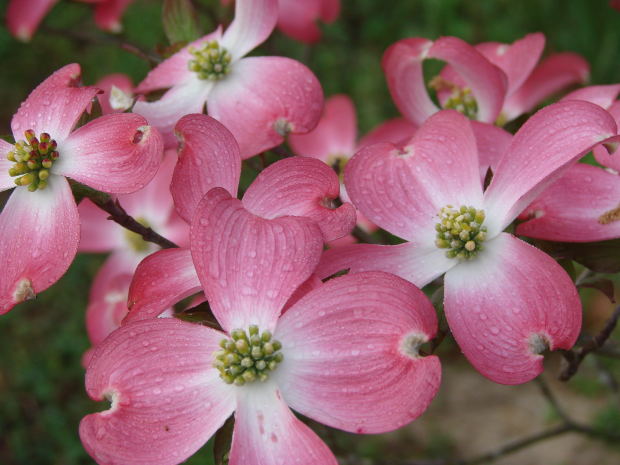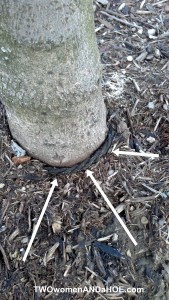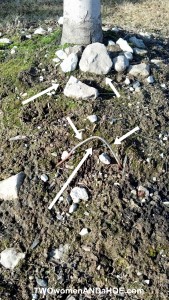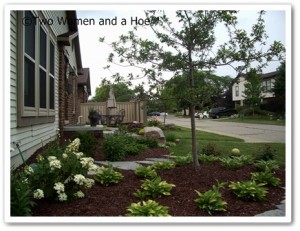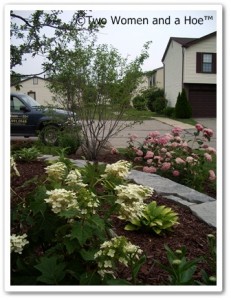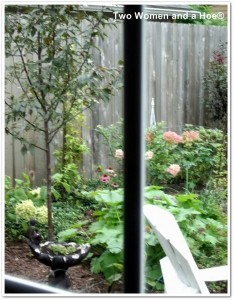The thing I love most about gardening is that I always learn something new. A perfect example is when I picked up an issue of Michigan Gardener and read a fascinating (and eye opening) article about heritage trees by Steven Turner, a Certified Arborist in Ferndale, Michigan.
Steve’s informative article was about preserving heritage trees from a European prospective. I was amazed to learn the contrast between us, Europeans, and trees. It is incredible the great lengths Europeans will endeavor to preserve a tree in comparison to our “remove and replace” attitude described by Steve.
For as long as I remember, I thought a 100 to 200-year-old tree was very old. Steve’s article explained that most of our lands were cleared out as they were settled which means our forests are second, third, and even fourth generation growth from the original trees. It was sad to learn that in North America there are very few virgin forests left. I cannot imagine what a 500-1000-year-old tree looks like but would love to see one.
Steve shared that a colleague was fortunate enough to visit a small German village and a several-hundred-year-old “dancing” lime tree (linden). The colleague was amazed by the linden’s size! In the past he would have thought the tree was in decline until he was shown paintings of the linden from the 1600’s, in a similar state as it is now! I think it is fair to say that by our standards, we would have declared that tree a hazard and removed it many years ago. Steve made an excellent point that our thinking denies us, and many generations to follow, the thrill and true glory of a mature tree long after 100 years.
Steve reported that an oak tree in England will grow for 300 years, live for 300 more, and then die for 300 years. Whew…that is very different thinking that ours! We often believe that an 80-100-year-old tree is considered too mature, and may be a hazard or will die soon. In Steve’s “tree year’s world,” our mature trees are really just teenagers and, if left undisturbed by man and our potential harmful activities, have the potential to outlive us all!
Believe it or not, our existence in urban environments shortens the life of these trees. Sidewalks, roads, and buildings interfere with a tree’s root zones. Also, competing turf grass, leaf removal, improper irrigation and the over-use of fertilization contribute to a tree’s decline.
Did you know that trees have three stages of canopies? Here’s how Steve described it:
“The first is the full canopy that we are all used to seeing, with no tip die back from the top. The second is about halfway down, and this is the point where trees will die back to after the first stage of decline. You will see large, dead structural branches sticking up about the new canopy and in time these branches will rot and break off if not removed by a professional first. The third and final stage looks more like a bonsai tree: a massive trunk with minimal, large branches left, but a full yet much smaller canopy sprouting from the trunk or remaining limbs.
It is in this final stage that a tree can live for many years by simply re-sprouting a new branch when one breaks off or dies. Keep in mind that a tree can remain in the second stage for many years and if pruned properly can remain a valuable landscape asset for years to come before progressing to the final stage. Even in the final stage of decline, a tree can be an interesting living sculpture if left to its own accord.”
Wondering what you can do? Steve believes that with a bit of patience, protection, and care, we may have the opportunity to enjoy our heritage trees for many years to come!




